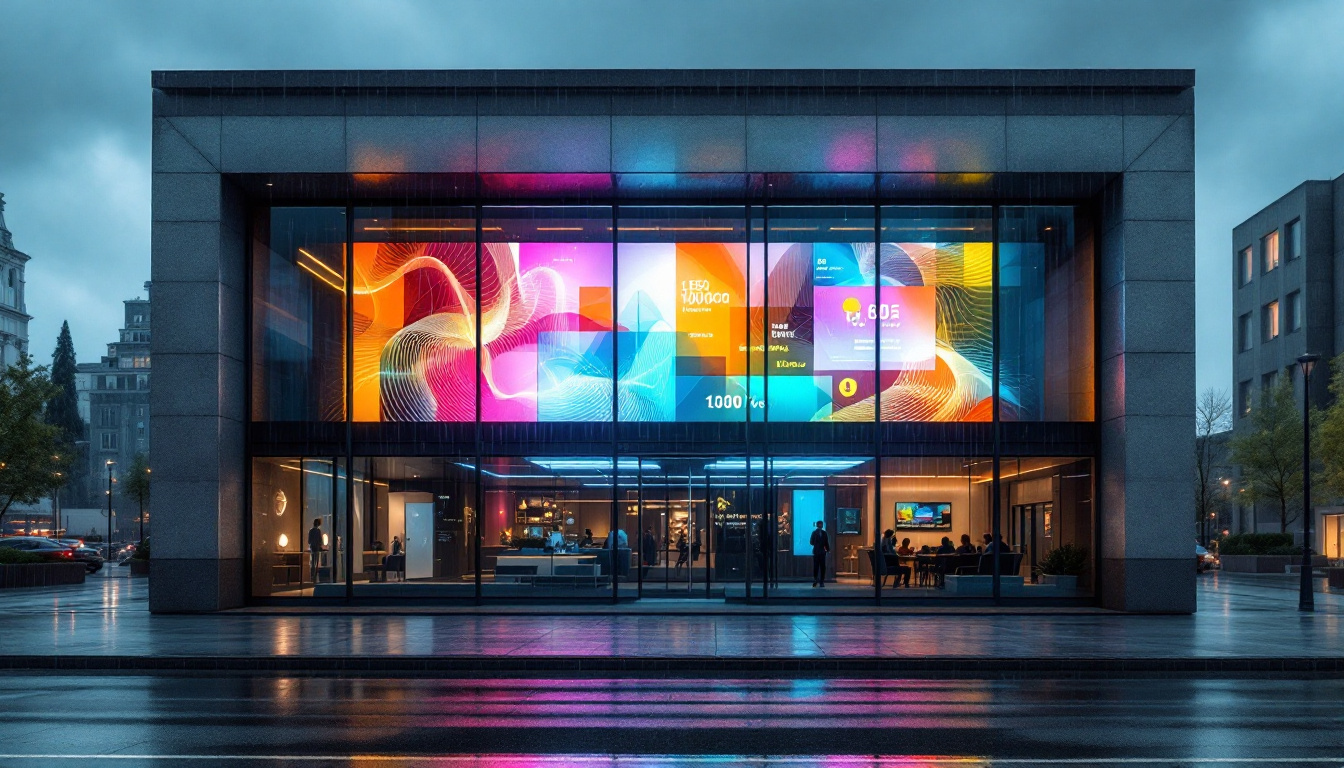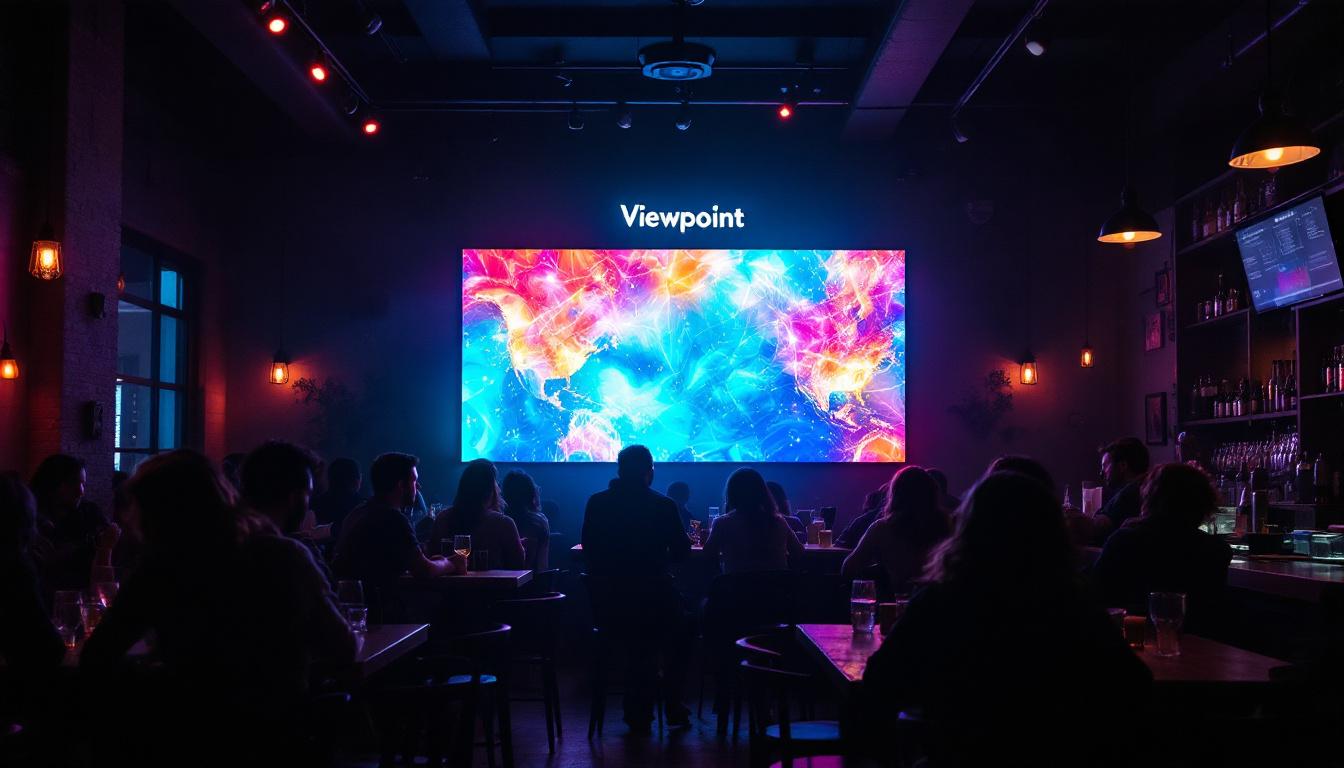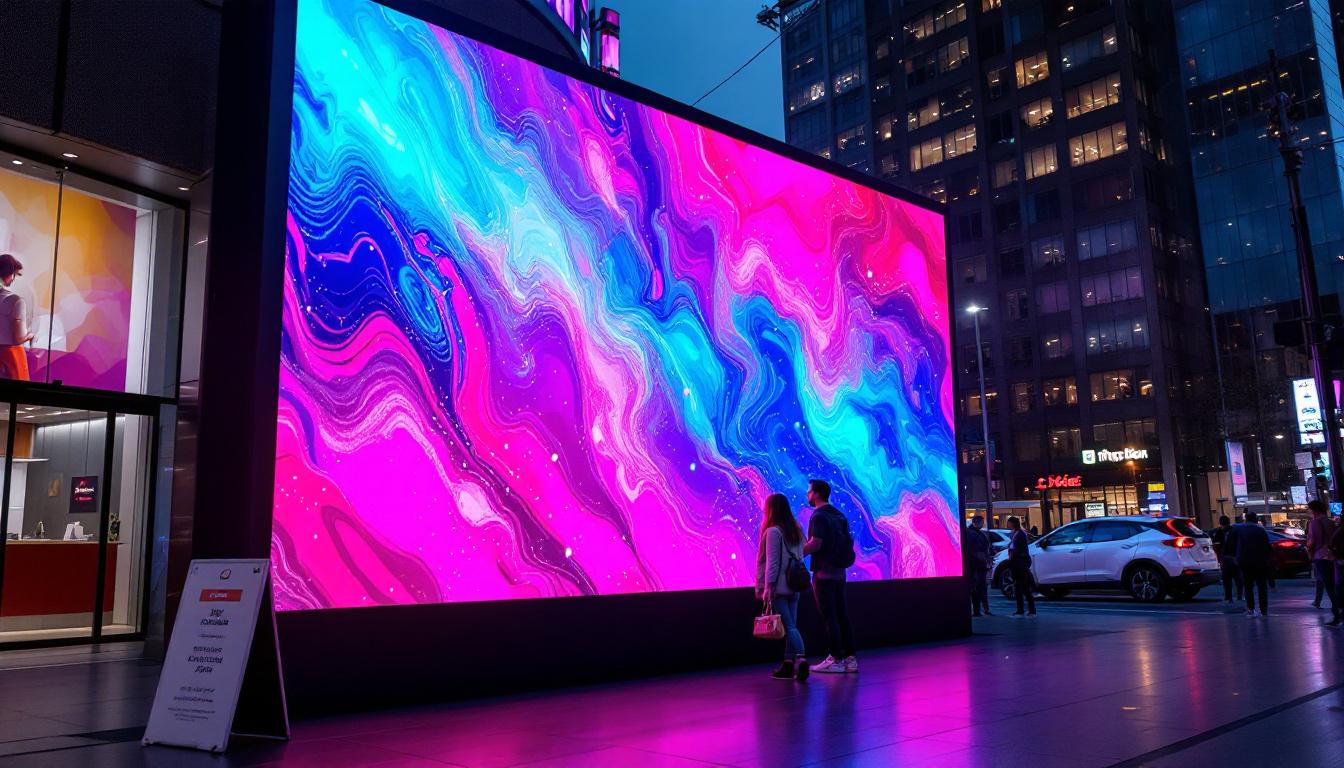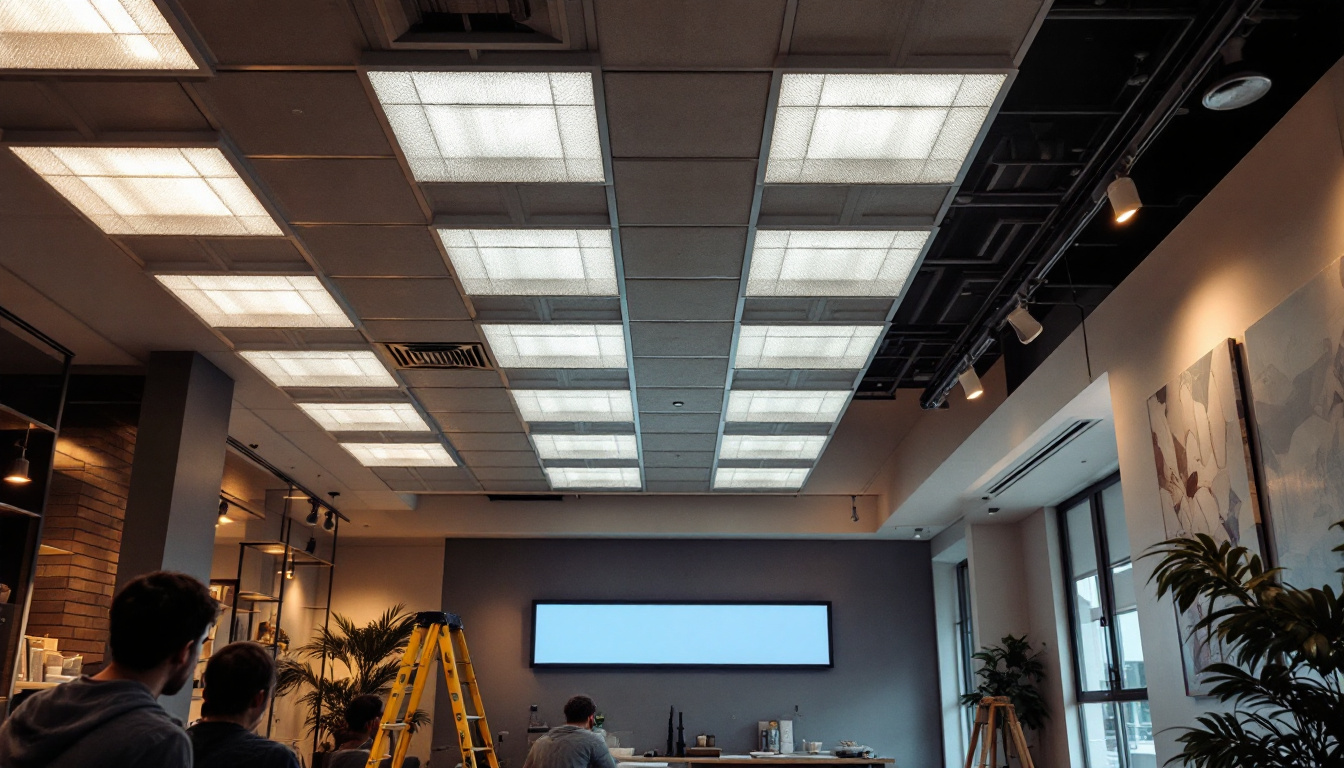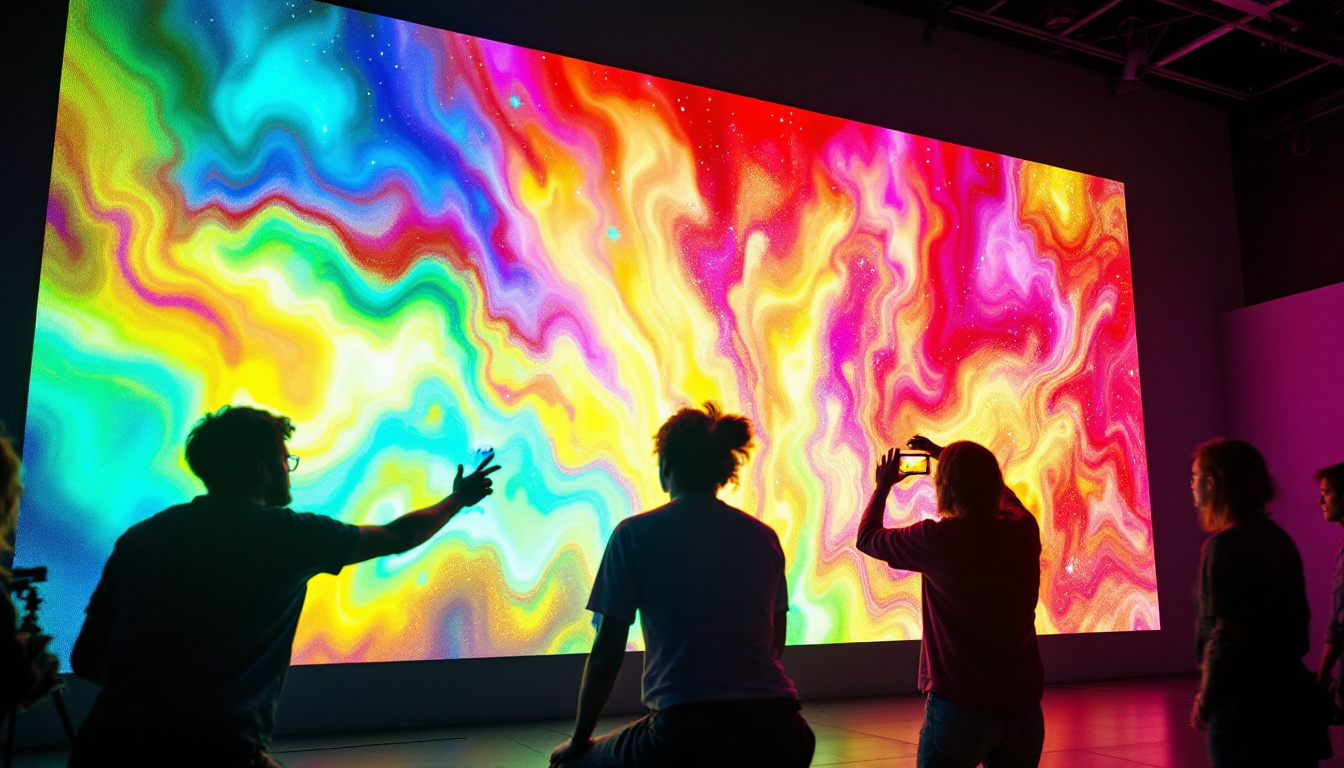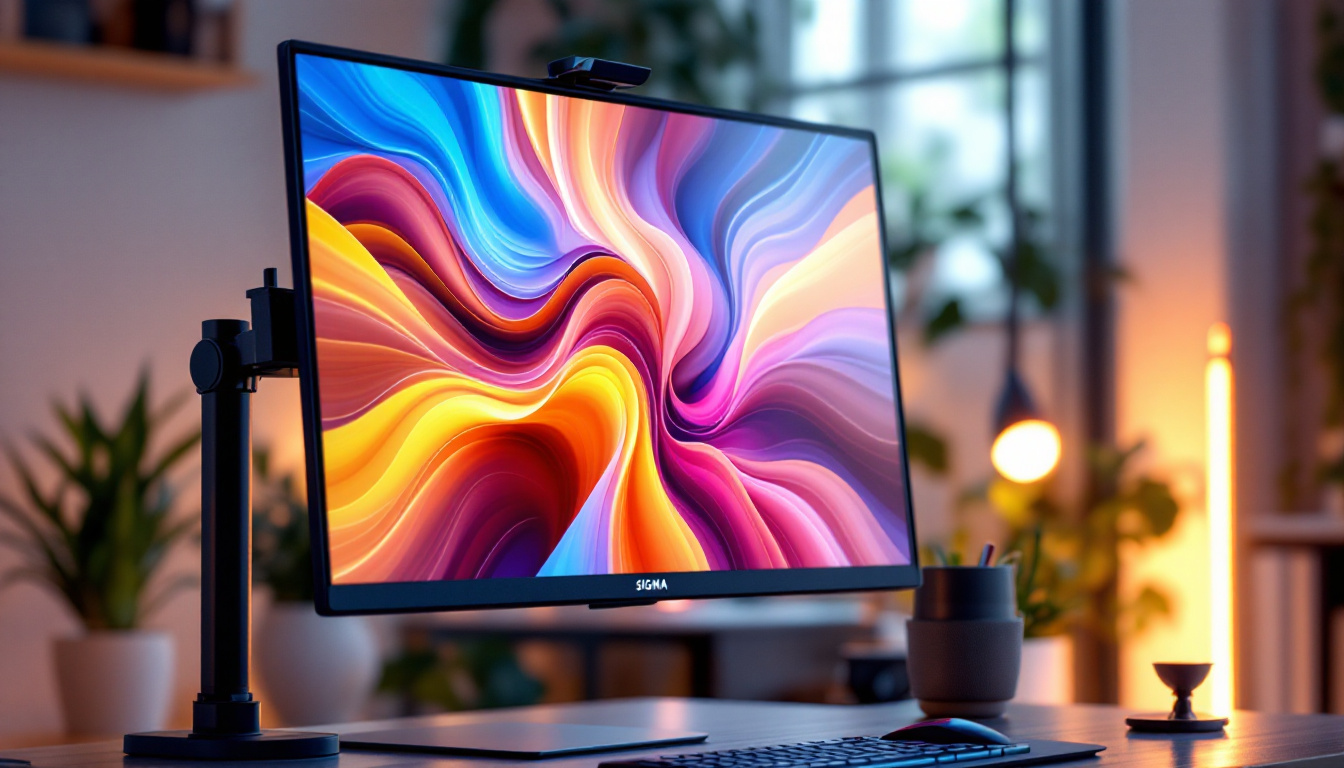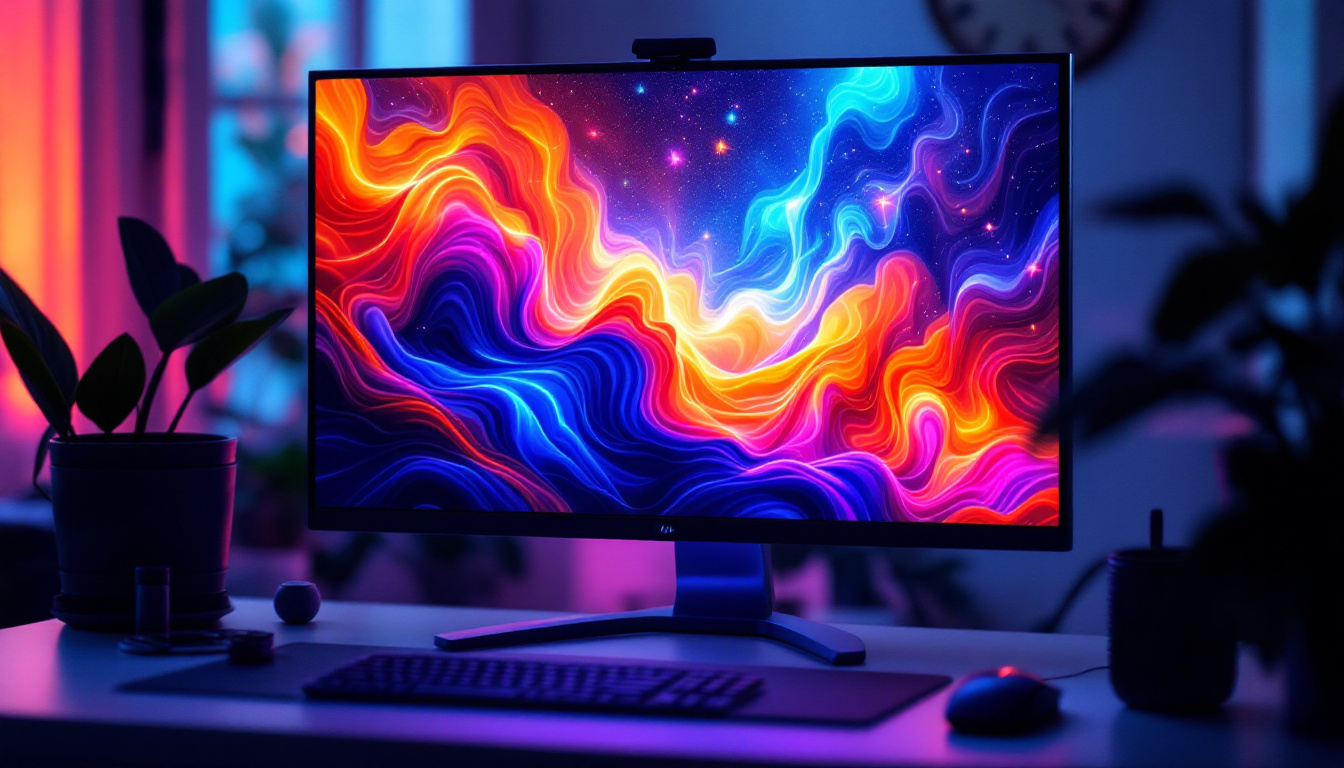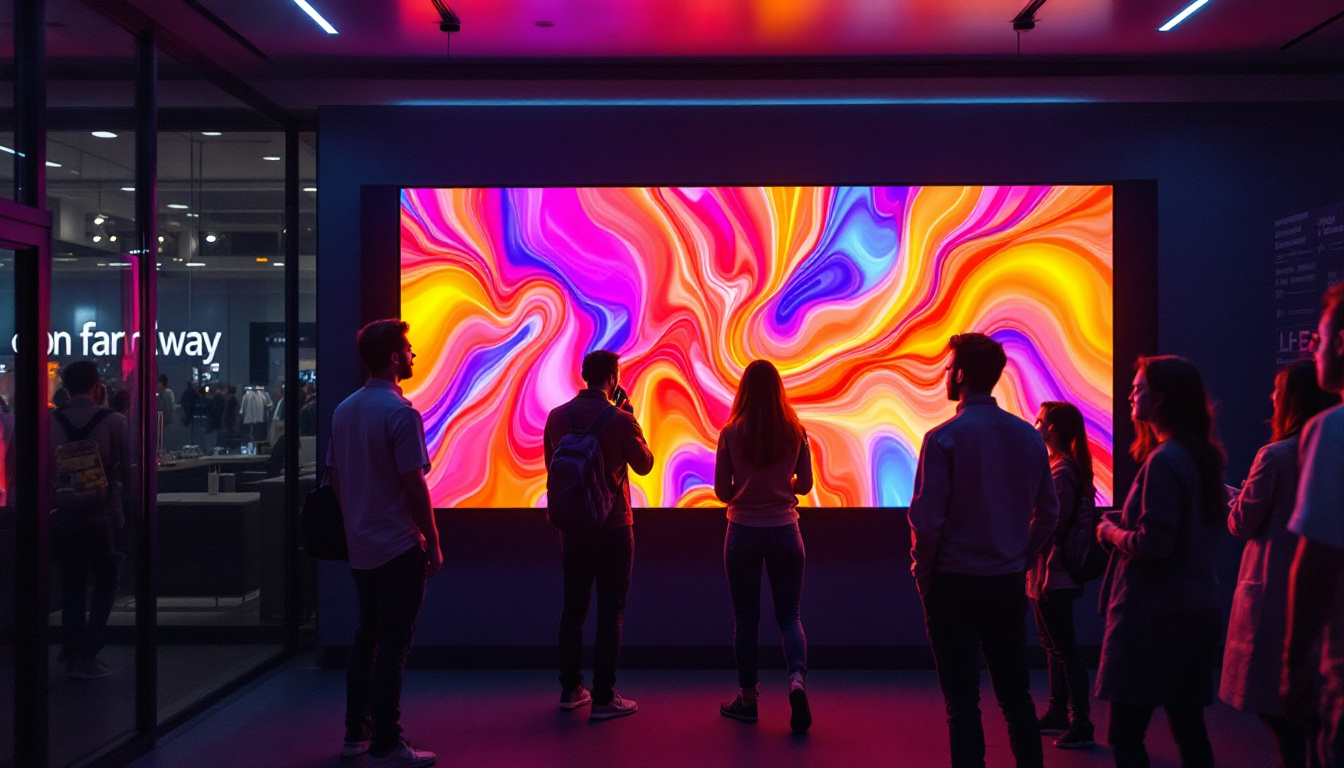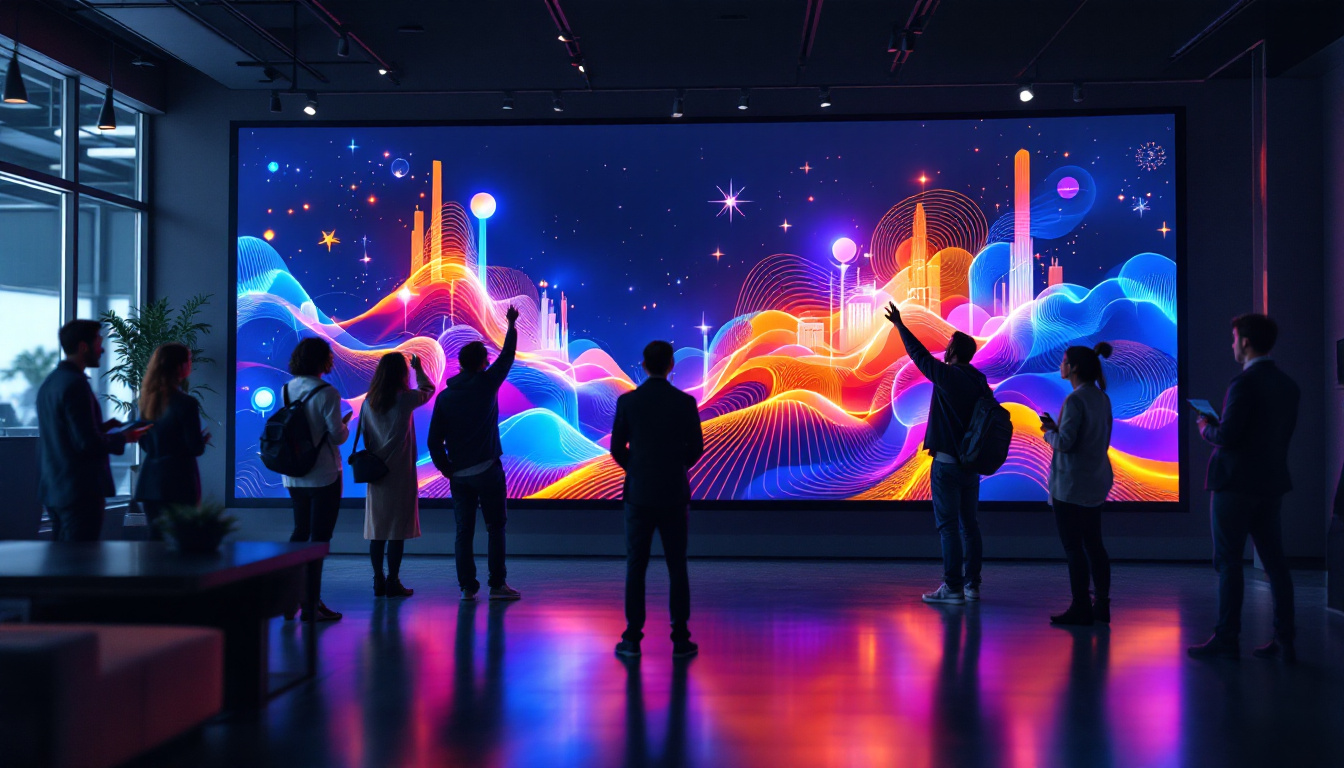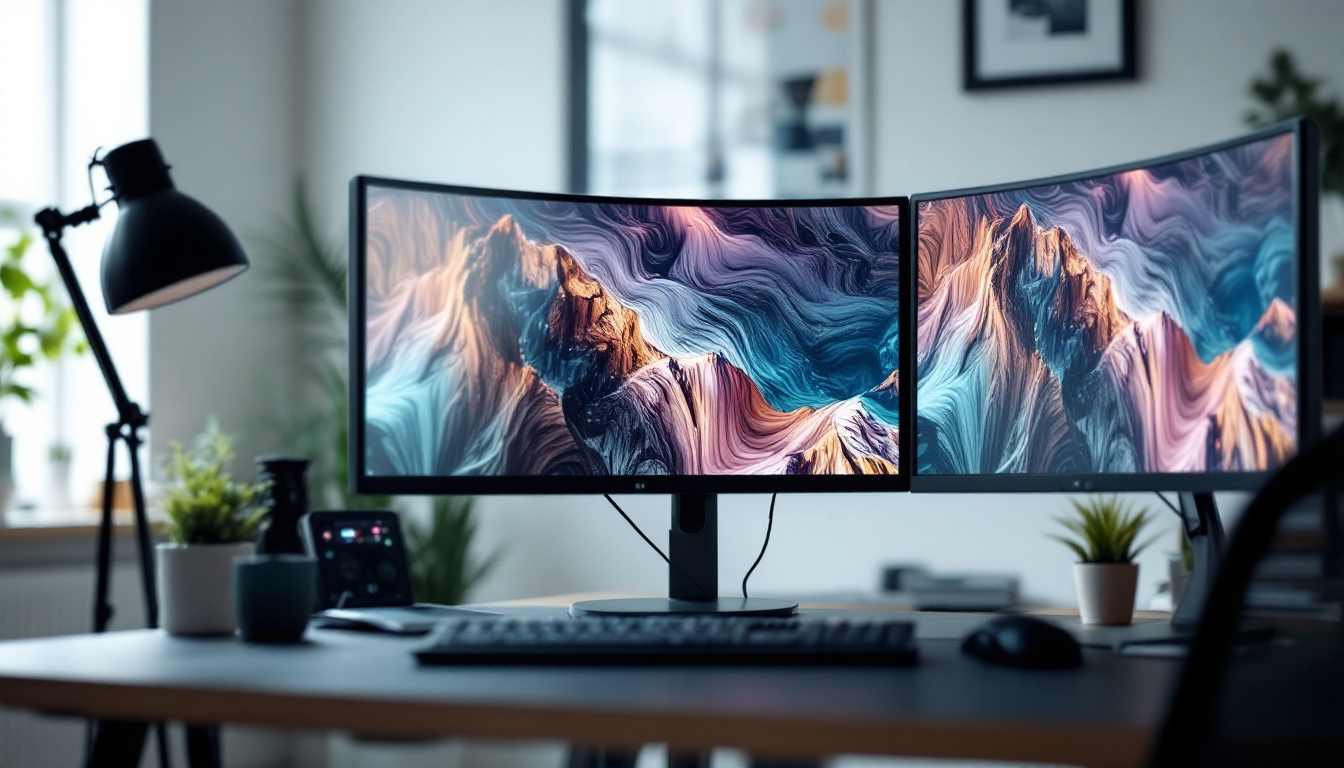In the modern era of technology, the integration of touch capabilities into televisions has transformed the way viewers interact with content. The touch TV screen, particularly those equipped with LED displays, offers a unique blend of functionality and entertainment. This article delves into the intricacies of touch TV screens, explaining how LED technology enhances the viewing experience and the various applications of these innovative devices.
Understanding LED Technology
LED, or Light Emitting Diode, technology has become the cornerstone of modern display systems. Unlike traditional LCD screens that rely on fluorescent backlighting, LED displays utilize small, energy-efficient diodes to produce light. This fundamental difference results in several advantages, including improved brightness, better color accuracy, and reduced energy consumption. The evolution of LED technology has transformed not only consumer electronics but also commercial displays, automotive lighting, and even architectural lighting, showcasing its versatility and adaptability in various applications.
The Basics of LED Displays
At its core, an LED display consists of a matrix of tiny diodes that emit light when an electric current passes through them. These diodes can be arranged in various configurations, creating vibrant images and videos. The most common types of LED displays include:
- Direct-lit LED: LEDs are placed directly behind the screen, providing uniform brightness.
- Edge-lit LED: LEDs are positioned along the edges, allowing for a thinner design.
- OLED: A more advanced technology where each pixel emits its own light, offering superior contrast and color depth.
In addition to these common types, there are also variations such as Mini-LED and Micro-LED technologies. Mini-LED utilizes smaller diodes for backlighting, allowing for finer control over local dimming and enhancing contrast ratios. Micro-LED, on the other hand, takes this a step further by using microscopic LEDs that can create individual pixels, resulting in extraordinary image quality and flexibility in display size and shape. These innovations continue to push the boundaries of what is possible in display technology, making it an exciting field to watch.
Advantages of LED Technology
LED displays have several advantages over traditional display technologies, making them the preferred choice for touch screens:
- Energy Efficiency: LED displays consume significantly less power, making them environmentally friendly.
- Longevity: With a longer lifespan, LED screens reduce the need for frequent replacements.
- Brightness and Clarity: Enhanced brightness levels allow for better visibility in various lighting conditions.
Moreover, the rapid response time of LED technology contributes to smoother motion and less motion blur, which is particularly beneficial for fast-paced video content and gaming. This responsiveness, combined with the ability to achieve high refresh rates, makes LED displays ideal for both professional and recreational use. Additionally, the compact size of LEDs allows for creative applications, such as flexible displays that can be bent or shaped to fit unconventional spaces, further expanding the potential uses of this technology in innovative ways.
Touch Technology in TVs
Touch technology has evolved significantly, moving from simple resistive screens to advanced capacitive touch systems. This evolution has enabled more responsive and intuitive interactions with televisions. Touch screens in TVs allow users to navigate menus, select content, and interact with applications seamlessly. The integration of touch technology has transformed the way we engage with our entertainment systems, making it a more immersive experience. As smart TVs continue to gain popularity, the demand for touch interfaces that complement voice and remote controls is on the rise.
Types of Touch Technology
There are primarily two types of touch technology used in modern TVs:
- Resistive Touch Screens: These screens work by sensing pressure applied to the surface. They are generally less expensive but may not provide the same level of responsiveness as capacitive screens. While resistive technology can be effective for basic applications, it often falls short in delivering the fluidity that users expect in a modern viewing experience.
- Capacitive Touch Screens: Utilizing the electrical properties of the human body, these screens detect touch more accurately and allow for multi-touch gestures, enhancing user experience. The precision of capacitive screens makes them ideal for applications that require intricate gestures, such as zooming in on images or navigating complex menus.
Benefits of Touch Interaction
The incorporation of touch technology in TVs brings several benefits:
- Intuitive Navigation: Users can easily swipe, pinch, and tap to navigate through content, making the experience more engaging. This level of interaction not only simplifies the process of finding shows or movies but also encourages users to explore additional features and functionalities that they might not have otherwise discovered.
- Interactive Features: Touch screens enable interactive applications, such as games and educational content, adding a new dimension to viewing. For instance, families can enjoy educational games that promote learning while watching their favorite shows, turning screen time into a productive activity.
- Accessibility: Touch technology can enhance accessibility for individuals with disabilities, allowing for easier interaction with content. Features like voice feedback and customizable touch sensitivity can empower users with limited mobility, ensuring that everyone can enjoy the full range of entertainment options available.
Moreover, the integration of touch technology in TVs is paving the way for innovative user interfaces that blend physical and digital interactions. As manufacturers continue to refine these technologies, we can expect to see even more sophisticated features, such as gesture recognition and haptic feedback, which will further enrich the viewing experience. This evolution not only caters to tech-savvy consumers but also opens up new avenues for content creators to engage audiences in interactive storytelling and immersive experiences.
Applications of Touch TV Screens
Touch TV screens have found applications across various sectors, from home entertainment to education and business. Their versatility makes them suitable for a wide range of environments.
Home Entertainment
In the realm of home entertainment, touch TVs provide a unique way to interact with content. Users can browse streaming services, select movies, and control smart home devices all from the comfort of their couch. The ease of use and interactivity enhances the overall viewing experience. Additionally, many touch TVs come equipped with voice recognition technology, allowing users to search for content or adjust settings simply by speaking. This hands-free operation is particularly beneficial for families with young children or individuals with mobility challenges, making entertainment accessible to everyone.
Educational Settings
In educational environments, touch TV screens serve as powerful tools for learning. Teachers can use them to display interactive lessons, engage students with quizzes, and facilitate group discussions. The tactile nature of touch screens encourages participation and collaboration among students. Furthermore, these screens can integrate with various educational software and applications, providing students with a dynamic learning experience that caters to different learning styles. For instance, visual learners can benefit from interactive diagrams and videos, while kinesthetic learners can engage in hands-on activities directly on the screen, fostering a more inclusive educational atmosphere.
Business and Presentations
In the business world, touch TVs are increasingly used for presentations and collaborative work. Their interactive features allow team members to brainstorm ideas, annotate documents, and share information in real-time. This functionality streamlines meetings and enhances productivity. Moreover, touch TVs can be connected to cloud-based platforms, enabling remote teams to collaborate seamlessly, regardless of their physical location. This capability is especially crucial in today’s hybrid work environments, where teams may be split between home and office. With the ability to share screens and access files instantly, touch TVs not only improve communication but also foster a sense of unity and teamwork among colleagues, driving innovation and creativity in the workplace.
Challenges and Considerations
While touch TV screens offer numerous advantages, there are also challenges and considerations to keep in mind. Understanding these can help users make informed decisions when choosing a touch TV.
Cost Implications
Touch TVs tend to be more expensive than traditional models due to the advanced technology involved. Consumers should weigh the benefits against the cost to determine if a touch screen is the right choice for their needs.
Durability and Maintenance
Touch screens are often more susceptible to scratches and fingerprints, which can affect visibility and performance. Regular cleaning and the use of screen protectors can help maintain the quality of the display. Additionally, users should consider the durability of the touch technology, as some systems may wear out faster than others.
Future Trends in Touch TV Technology
The future of touch TV screens looks promising, with ongoing advancements in technology set to enhance user experiences even further. Several trends are emerging that are likely to shape the future of touch displays.
Integration with Smart Home Systems
As smart home technology continues to evolve, touch TVs are expected to become central hubs for controlling various devices. Users will be able to manage lighting, security systems, and appliances directly from their screens, creating a seamless smart home experience.
Enhanced Interactivity with AI
Artificial intelligence is poised to revolutionize the way users interact with touch TVs. Voice recognition and gesture control may become standard features, allowing for hands-free navigation and interaction. This could further simplify the user experience and make technology more accessible.
Advancements in Display Quality
Future touch TVs are likely to feature even higher resolution displays, such as 8K and beyond, providing stunning visual clarity. Coupled with improved color accuracy and contrast ratios, these advancements will enhance the overall viewing experience.
Conclusion
Touch TV screens equipped with LED displays represent a significant leap forward in how viewers engage with content. The combination of responsive touch technology and vibrant LED visuals creates a dynamic and interactive experience that caters to various applications, from home entertainment to education and business.
As technology continues to evolve, the future of touch TVs promises even greater advancements, making them an exciting option for consumers. Understanding the benefits, challenges, and future trends can help users make informed decisions when considering a touch TV for their home or business.
In a world where interactivity is becoming increasingly important, touch TV screens are set to play a pivotal role in shaping the future of entertainment and communication.
Discover the Future of Interactive Displays with LumenMatrix
Ready to elevate your viewing experience with the latest in touch TV screen technology? LumenMatrix is at the forefront of LED display innovation, offering a wide array of solutions that bring your content to life. From captivating Indoor LED Walls to dynamic Outdoor LED Displays, and from versatile Vehicle LED Displays to sleek LED Poster Displays, our products are designed to engage and inspire. Whether you’re looking to enhance your home entertainment, transform educational settings, or revolutionize business presentations, LumenMatrix has the cutting-edge technology to meet your needs. Don’t just watch the future unfold—be a part of it. Check out LumenMatrix LED Display Solutions today and step into a world of unparalleled visual communication.



